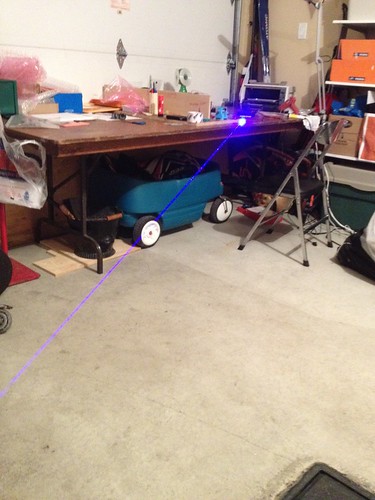AnthoT
0
- Joined
- Jan 14, 2012
- Messages
- 2,133
- Points
- 48
500mW of "blue"......? How very specific of you
In all seriousness, the violet comparison is pretty tough to interpret meaningfully, because 405 is right on the edge of our vision and the visibility figures gets incredibly small.
This tool is great and for me its been real accurate except for one thing
i can see 100mw of 450 way better then 30mw of 532.. thats the only thing it hasn't gotten right for me.
Other than that this is a great tool RHD! :beer:
Last edited:




